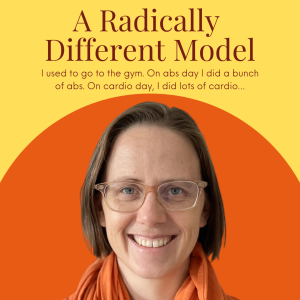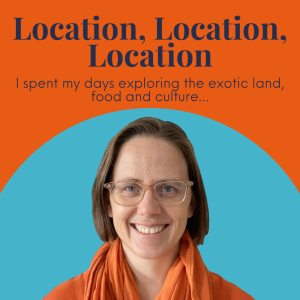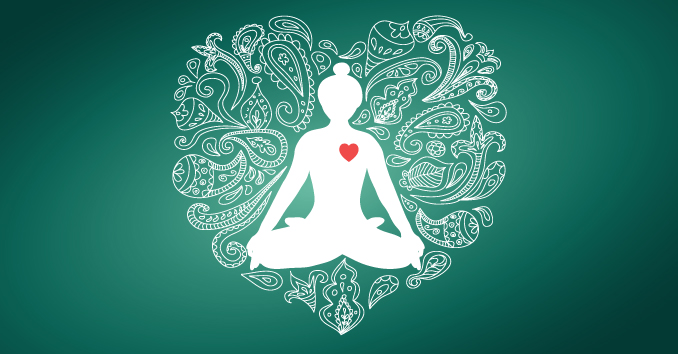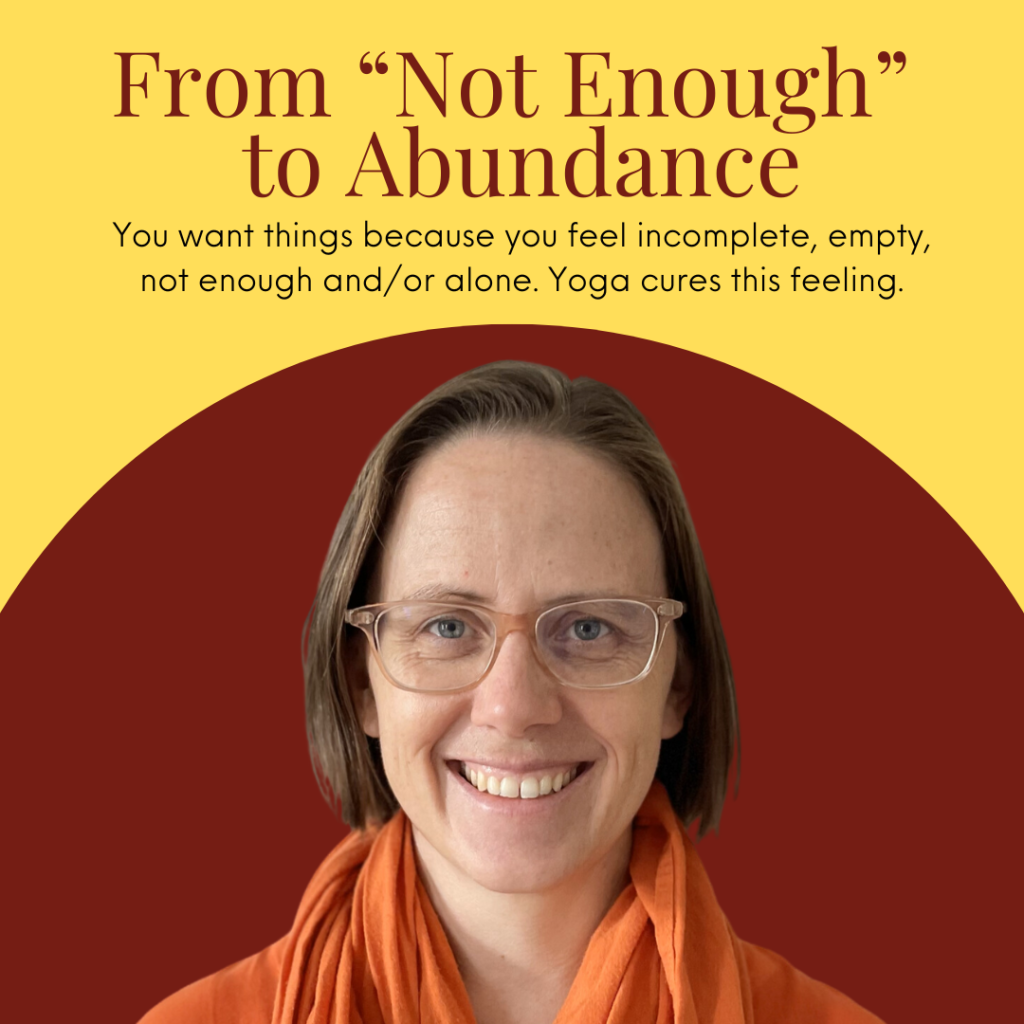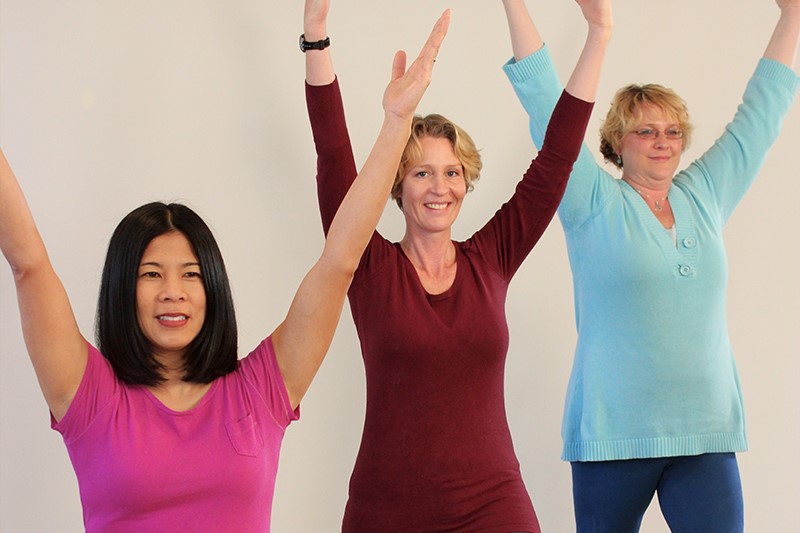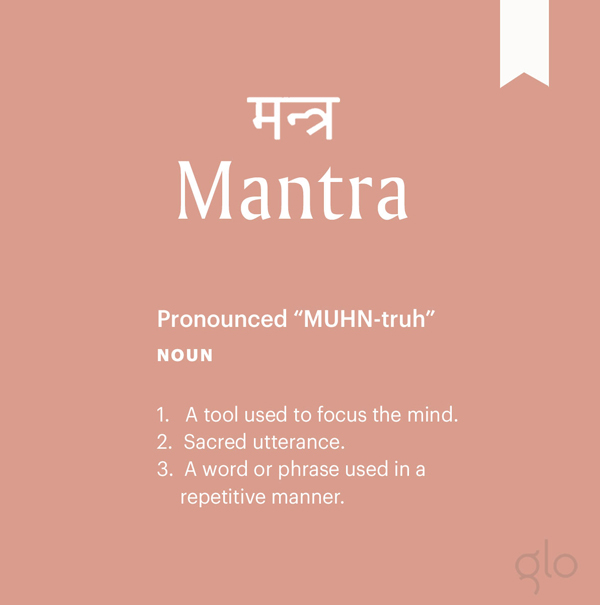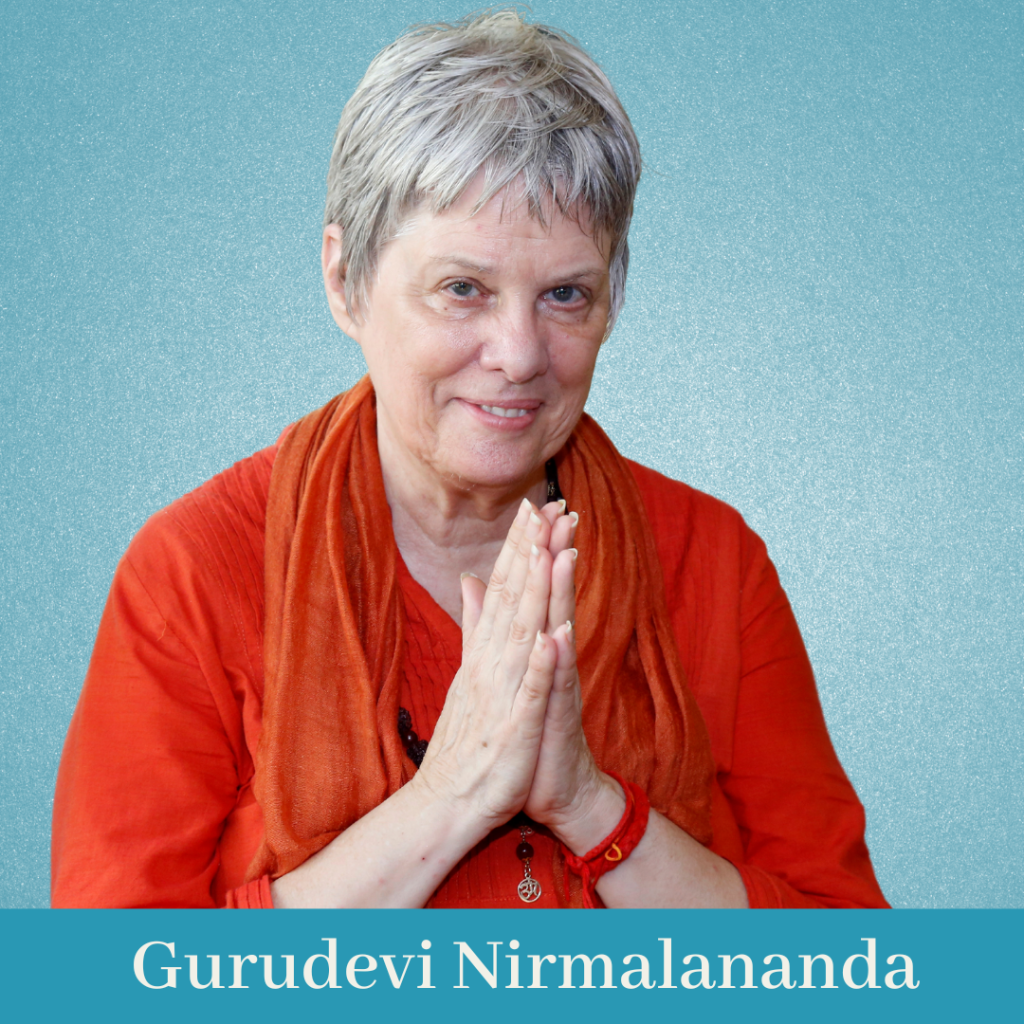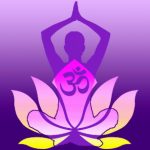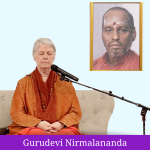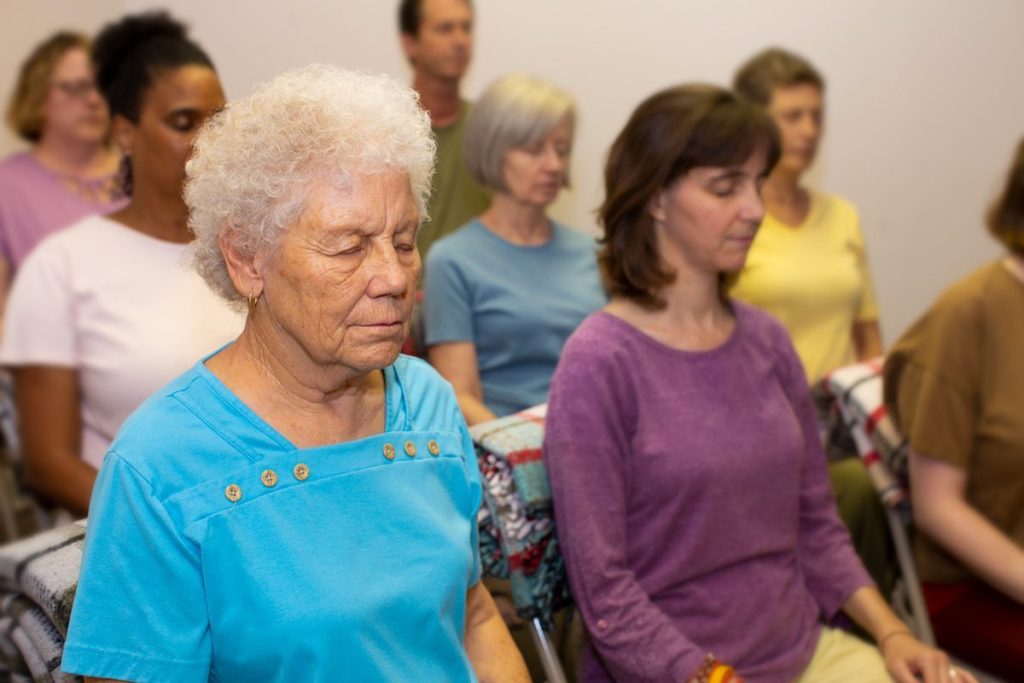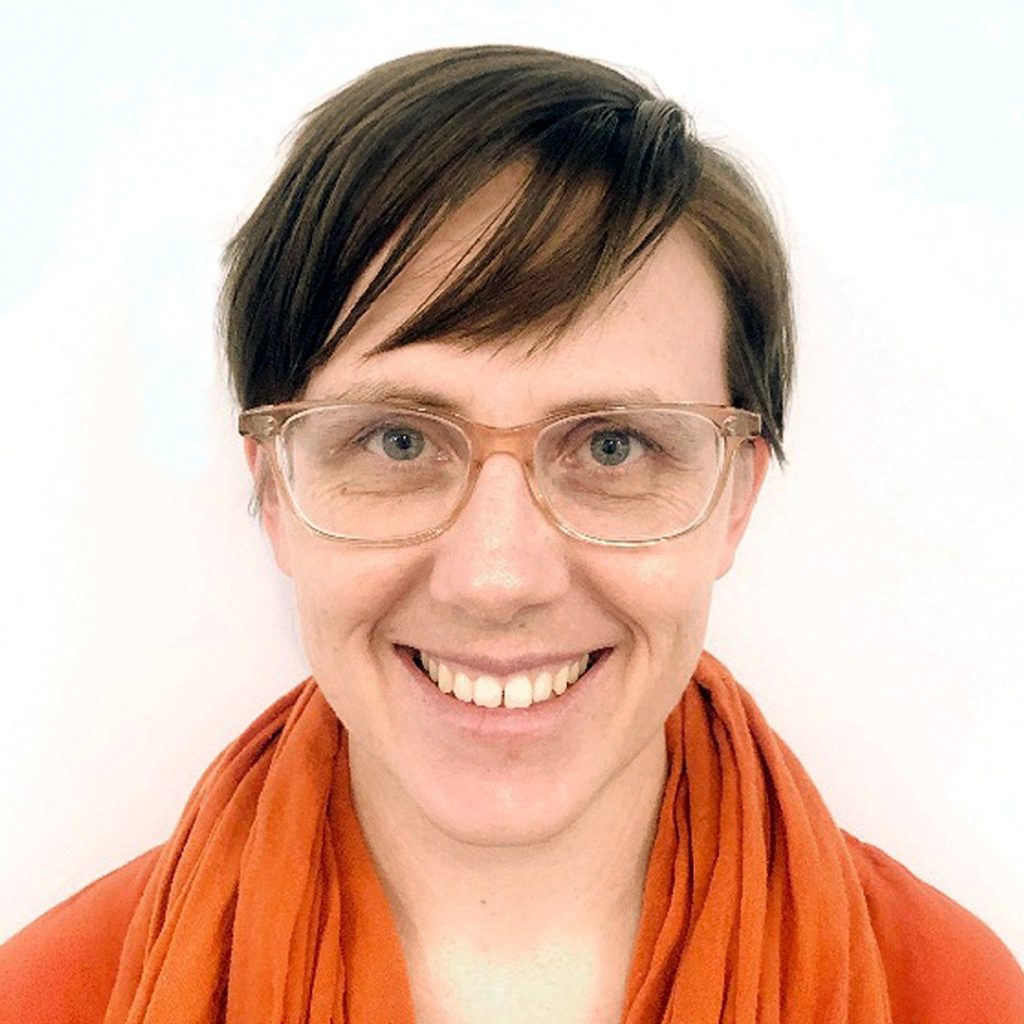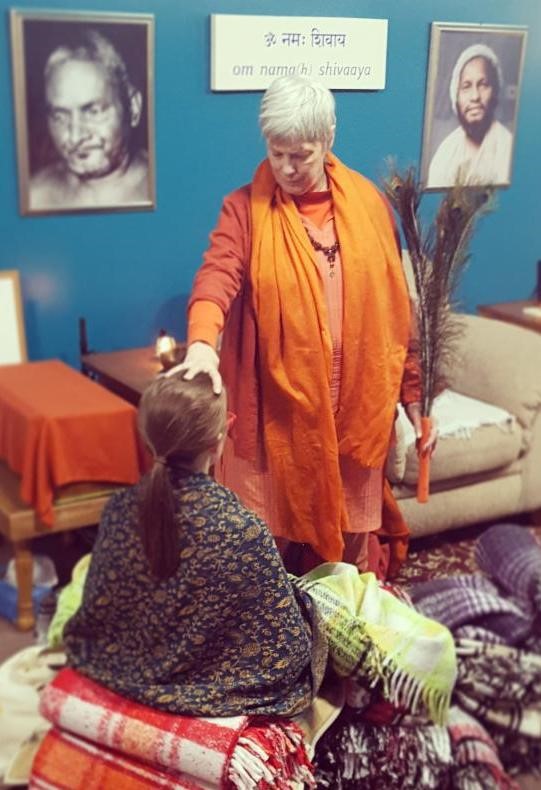By Swami Satrupananda
Back in the day, I used to go to the gym. On abs day I did a bunch of abs. On cardio day, I did lots of cardio.
Our Svaroopa® Yoga classes are based on a radically different model. For example, in a Neck and Shoulders themed class, we don’t do a bunch of neck and shoulder poses. Instead, the class focuses on releasing your deep spinal tensions, starting at your tailbone. This is the model for every class, no matter the theme. You do poses to open the central core of your body and everything else improves.
Svaroopa® Vidya Meditation also takes the same radically different approach. In meditation, you apply your mind to the mantra. At the end of your meditation, you are settled in your body, mind and heart. Most importantly, you are seated more in the truth of your own existence. You get to a steady settled state by activating your mind.
The sages explain how it works this way:
Jatyantara parinamah prakrtyapurat. (1)
Transformation is caused by the filling in by their innate nature.
— Yoga Sutras 4.2
The sage Patanjali is telling us that change comes from the inflow of your innate nature from its source. By opening your spine in Svaroopa® Yoga, your body realigns and its natural flow resumes. Your bones and muscles align to their intended positions. Your breath expands, your blood circulates and your lymphatic system flows.
And there is more going on. Patanjali focuses on the source of your innate nature. You experience this at the end of your yoga class as well as your meditation program. Students report feeling relaxed, peaceful and calm. This comes from your own innate nature filling you up — filling your mind, heart and more.
Unfortunately, you have blockages that restrict the flow of your innate nature. Patanjali says that your work is to remove the blockages:
Nimittam aprayojakam prakrtinam varanabhedastu tatah ksetrikavat. (2)
Actions are not the direct causes of the transformation. They only act to break down the obstacles, just as a farmer removes a sluice gate to naturally allow the irrigation of his field.
— Yoga Sutras 4.3
A farmer does not manually scoop up water and carry it to the field. Even thousands of years ago in Patanjali’s time, they had irrigation systems. In rice fields, they border each rice paddy with mounds of dirt to keep the plants in water.
To irrigate another field, the farmer simply removes a section of the mound to release the water into the adjacent field. The farmer himself is not watering the fields or making the plants grow. The farmer’s action is to remove the obstacles that allow the water to flow in and irrigate his field.
In the same way, your actions are not the direct cause of your transformation. Instead, your actions remove inner obstacles, to allow your innate nature to fill in and transform you. In a Svaroopa® Yoga class, your actions are the poses. They release the spinal tensions that have been blocking the flow. In meditation, we repeat mantra to get our mind out of the way to allow the filling in. Then you are changed.
This is great news! You don’t have to create your own innate nature. Instead, your actions are focused on removing the obstacles. In the farmer analogy, you work from the dry rice paddy meticulously chipping away at the dirt mound. I’ve always appreciated having clarity on what I need to do. Then I can roll up my sleeves and get it done.
In Patanjali’s yogic system, this work takes years of dedicated practice. Patanjali taught monks who had withdrawn to the forest to dedicate full-time efforts to their yoga practices. To even get to these teachings, these disciples had done the practices described in the previous three chapters of the Yoga Sutras.
This includes cleaning up your act with the yamas and niyamas. Chapter 3 has a series of progressively subtle concentration practices, each one taking some time to master. It’s a long and arduous process. To me, it feels like scooping out a hard-packed mound of dirt with a teaspoon.
Luckily, the Svaroopa® sciences do it differently. We add Grace. Grace is your innate nature reaching for you. It’s like the water in the adjacent field actively pushing through the dirt and splashing over the mound. When you invoke Grace, your innate nature doesn’t wait for the obstacles to be removed. Instead, it works actively from the inside out, removing your obstacles for you.
Yet, with Grace, your actions are still needed. You continue to do your yoga practices, but now your practices have dual purposes. Your yoga practices remove the obstacles and call Grace to you. It’s like you are on one side of the dirt mound in the rice paddy scooping away dirt with your teaspoon. And Grace mirrors you on the other side with a backhoe. Your efforts are now even more powerful because they call Grace.
Transforming yourself and your life as well as getting Self-Realized are guaranteed. You have the Grace of your own innate nature multiplying your efforts. It’s simply a matter of time. And you control how long that will be by how much yoga you do. Do more yoga.
(1) jaatyantara pari.naama.h prak.rty aapuuraat
(2) nimitta.m aprayojaka.m prak.rtiinaa.m vara.nabhedas tu tata.h k.setrikavat
